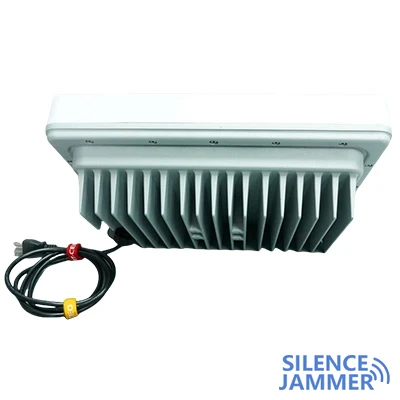cellphone blockers, which sounds a bit like a high-tech item that only agents in movies use, can actually come in handy in our daily lives.
Common uses of cellphone blockers
Examination halls: In order to prevent cheating, many examination institutions will use cellphone blockers to ensure fairness in the examination halls.
Meeting rooms: In some important business meetings or confidential meetings, the use of signal jammers can prevent information leakage.
Hospitals: Some medical equipment is sensitive to mobile phone signals, and the use of jammers can avoid interference.
Cinemas and libraries: Maintain a quiet environment so that everyone can better enjoy the fun of movies or reading.

How to use a cellphone blocker?
Using a cell phone jammer is actually very simple, and it can be done in a few steps:
Choose the right jammer: Choose the right jammer according to your needs. There are various models on the market, and the shielding range and functions of different models are slightly different. You can choose a portable small jammer or a fixed jammer with a wider coverage.
Installation and location selection: Find the area where the signal needs to be shielded and place the jammer in a suitable location. Generally speaking, the closer to the signal source, the better the effect, such as placing it in the center of the room or high up.
Power on: Plug the jammer into the power supply and turn on the switch. Most jammers have an indicator light to show the working status.
Adjust the frequency band: Some advanced jammers allow you to choose the frequency band you need to block, such as 2G, 3G, 4G or even 5G. Adjust it according to your needs.
Test effect: Turn on your phone and see if there is no signal. If the signal is still strong, try to adjust the position or angle of the jammer, or check whether the jammer is working properly.
Maintenance of cellphone blocker
Regular cleaning: Keep the outer shell of the jammer clean to avoid dust and debris accumulation. You can wipe it gently with a clean cloth and avoid using liquid detergent to avoid damaging the internal electronic components.
Check the antenna and power supply: Check regularly whether the antenna is firmly connected and the power cord is intact. If the antenna is loose or the power cord is damaged, it will affect the shielding effect.
Prevent overheating: The jammer will generate a certain amount of heat when working. Do not place it in a hot or humid environment and ensure that the surrounding ventilation is good. If used for a long time, it is best to turn it off for a while every few hours to avoid overheating damage.
Update firmware: Some high-end cellphone blockers support firmware updates, and manufacturers will regularly release new firmware to improve performance or add new features. You can pay attention to the manufacturer's official website or after-sales service to update the firmware in time.
Regular testing: After using it for a period of time, you can ask professionals to test it to ensure that the functions of the jammer are normal. Especially in the case of frequent use, regular testing can extend the life of the device.
In summary, the cellphone blocker is indeed a very practical gadget in specific occasions, but when using it, you must pay attention to the legality and scope of influence, do a good job of maintenance, and ensure its stable performance.


